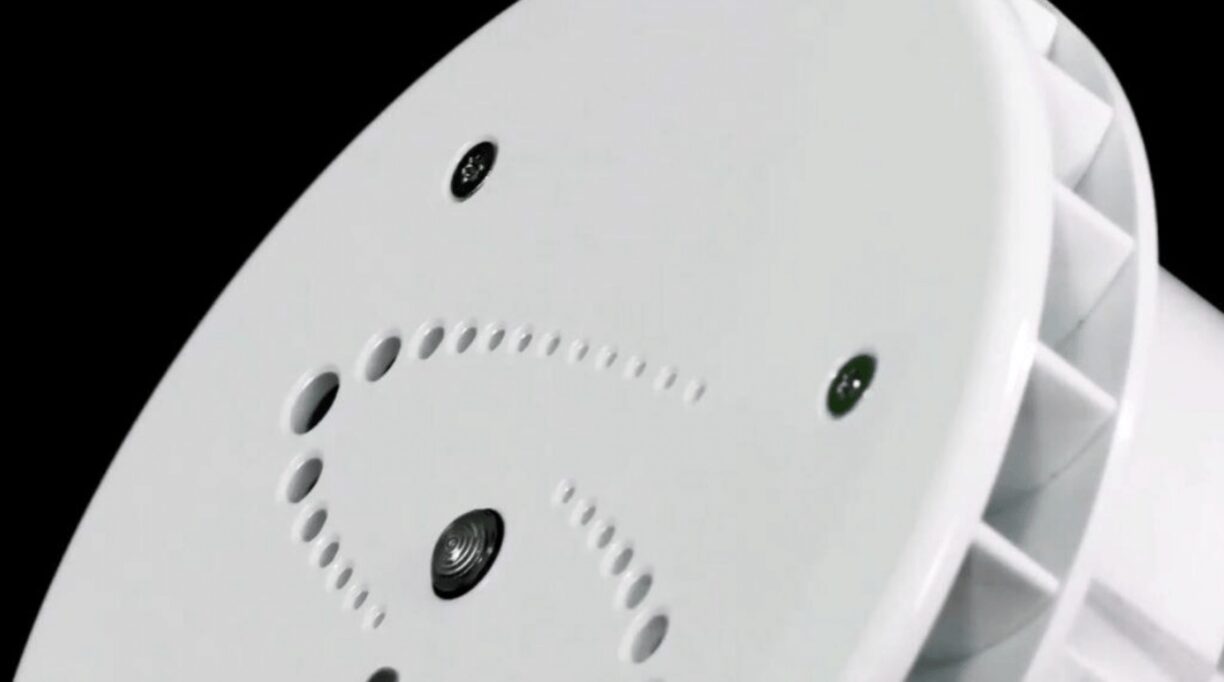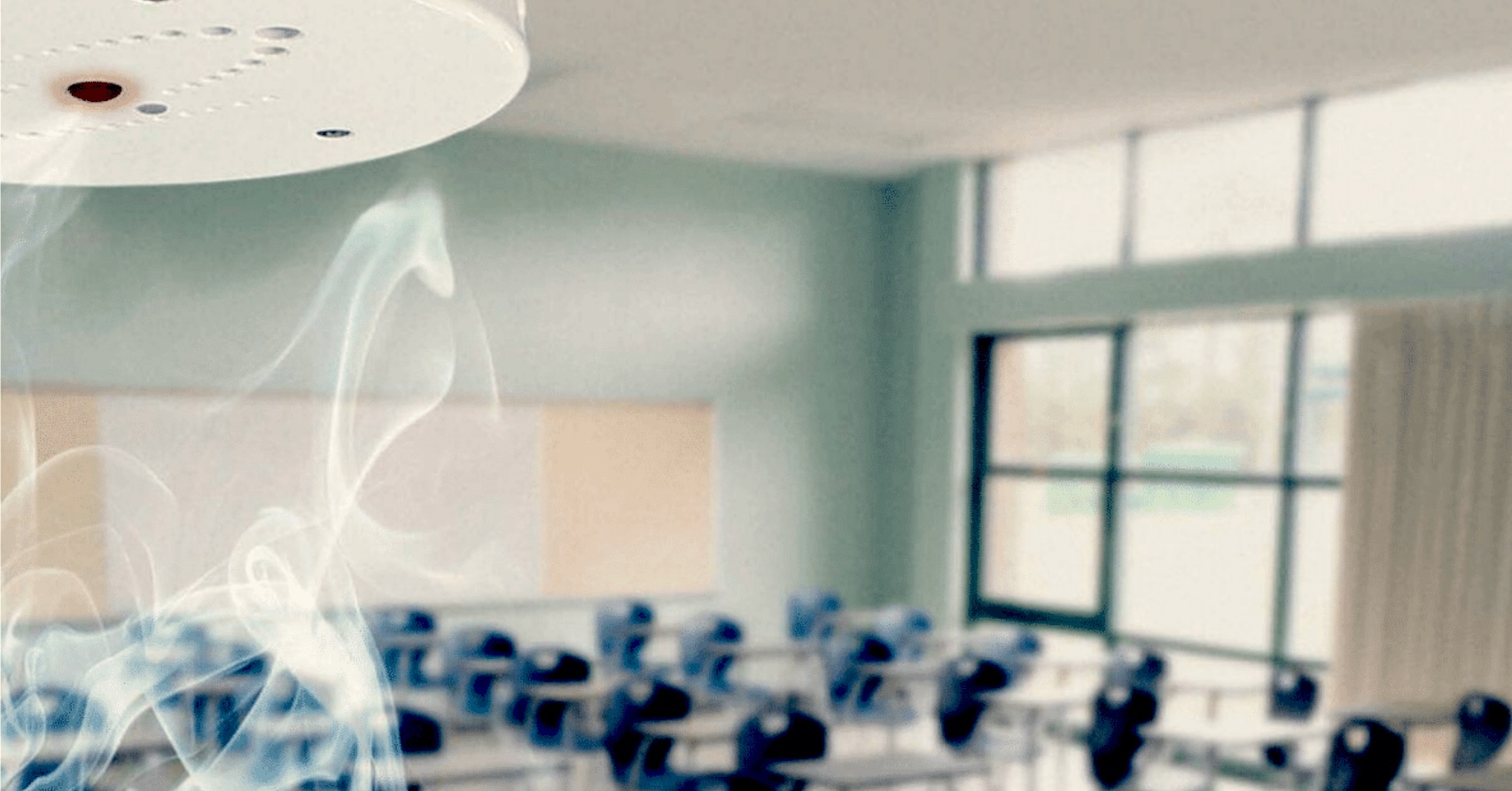Our buildings are levelling up, and our safety tools need to keep pace. That’s where IoT sensors come in—quiet, unassuming champions tucked into walls and ceilings, working around the clock to guard our wellbeing.
In classrooms buzzing with energy, bustling offices, and even your local gym, these clever devices track every breath you take—and they’ll catch even the most elusive vape plume before it drifts away.
And no, this isn’t the stuff of science fiction. It’s happening now, in real time, and it’s as practical as it is necessary.
Air You Can Trust

Let’s get one thing straight: air quality isn’t just a “nice-to-have” anymore. It’s a baseline requirement for any functional indoor space.
Poor indoor air quality can lead to a litany of woes—headaches, fatigue, breathing problems, and a spike in absenteeism that no HR department wants to explain to the board. And don’t even get us started on the legal implications.
“We’re seeing a fundamental shift,” says a spokesperson from Zeptive, a leader in smart air technology. “Facilities now realise that monitoring indoor air quality isn’t optional—it’s critical.”
From carbon dioxide and volatile organic compounds (those charming by-products of cleaners and glues) to airborne villains like PM2.5 and mould spores, the air inside buildings can pack quite a punch. But with IoT sensors embedded into walls, ceilings, or even HVAC units, those threats are no longer invisible.
Vaping: The Modern Ghost
If traditional cigarettes were loud and obnoxious party crashers, vaping is the smooth-talking thief that slips in unnoticed. Odourless and fast-dissipating, e-cigarette vapour has proven a nightmare for schools and employers alike.
Enter vape detection. The Zeptive smart sensor is engineered to sniff out compounds like propylene glycol, vegetable glycerin, and nicotine with an accuracy that would make a bloodhound envious.
And they don’t just detect; they act. When vaping is detected, alerts can be instantly pushed via SMS or email to administrators, building managers, or security teams—quicker than you can say, “Who’s blowing clouds in the loo?”
Schools in particular are leaning into this tech, installing sensors in bathrooms and locker rooms. “It’s about more than rule enforcement,” one school official said. “It’s about protecting kids’ health and making sure they feel safe.” You can read more about these efforts here.
Discover more relevant information on this link https://www.straitstimes.com/singapore/new-smart-sensor-detects-vaping-and-sends-alerts-via-sms.
How the Magic Works
It’s not witchcraft—it’s IoT. These smart sensors are sleek, network-connected, and capable of streaming environmental data 24/7. Here’s the breakdown:
- They monitor elements like CO₂, PM2.5, temperature, humidity, and vapour traces.
- Data travels via Wi-Fi, Bluetooth, or LoRaWAN to a central gateway—either on-site or in the cloud.
- That data is benchmarked against predefined safety thresholds. Exceed the limit, and a flurry of alerts is dispatched.
- Connect them to a smart HVAC system, and the building can respond on its own—boosting ventilation, tightening security, even switching on cameras.
Think of it as your building growing a pair of lungs and a brain. That’s the level we’re at.
The Bigger Picture: Smart Building Ecosystems
But it doesn’t stop at vaping and air quality. IoT sensors can now integrate with smart lighting, occupancy sensors, and climate systems to form a fully automated, responsive building.
Take a conference room: if CO₂ levels spike because someone decided to monologue for 45 minutes without cracking a window, the system can boost airflow autonomously. In schools, a vape alert in the restroom can lock doors, trigger cameras, and ping the front office. All of this happens in real time—no clipboard-toting janitor required.
Who’s Benefitting?
Pretty much everyone. Facility managers gain actionable insights for improving ventilation, cutting energy waste, and reducing maintenance costs. Tenants get cleaner air, better productivity, and fewer mystery coughs.
And for the record, transparency wins hearts. Publicly sharing air quality data builds trust between landlords, schools, and the people who breathe that air every day.
As for institutions under regulatory scrutiny? IoT sensors double as compliance insurance—documenting air conditions for audits and flagging potential violations before the inspectors ever arrive.
What’s Next?
As sensor technology matures, expect even more precision. Machine learning will soon allow systems to not only detect issues but also predict them—flagging early signs of mould, identifying recurring problem zones, and fine-tuning building responses based on who’s inside and what’s happening outside.
Eventually, AI will take the wheel. Think environmental controls that adjust automatically depending on local weather patterns, room occupancy, or even the preferred comfort settings of returning visitors.
So while you might not see them, know this: those little IoT sensors tucked away in ceiling tiles and air ducts are working round-the-clock to keep your lungs happy, your policies enforced, and your building one step ahead of trouble.
And that, folks, is progress you can’t smell—but sure as hell can feel.





